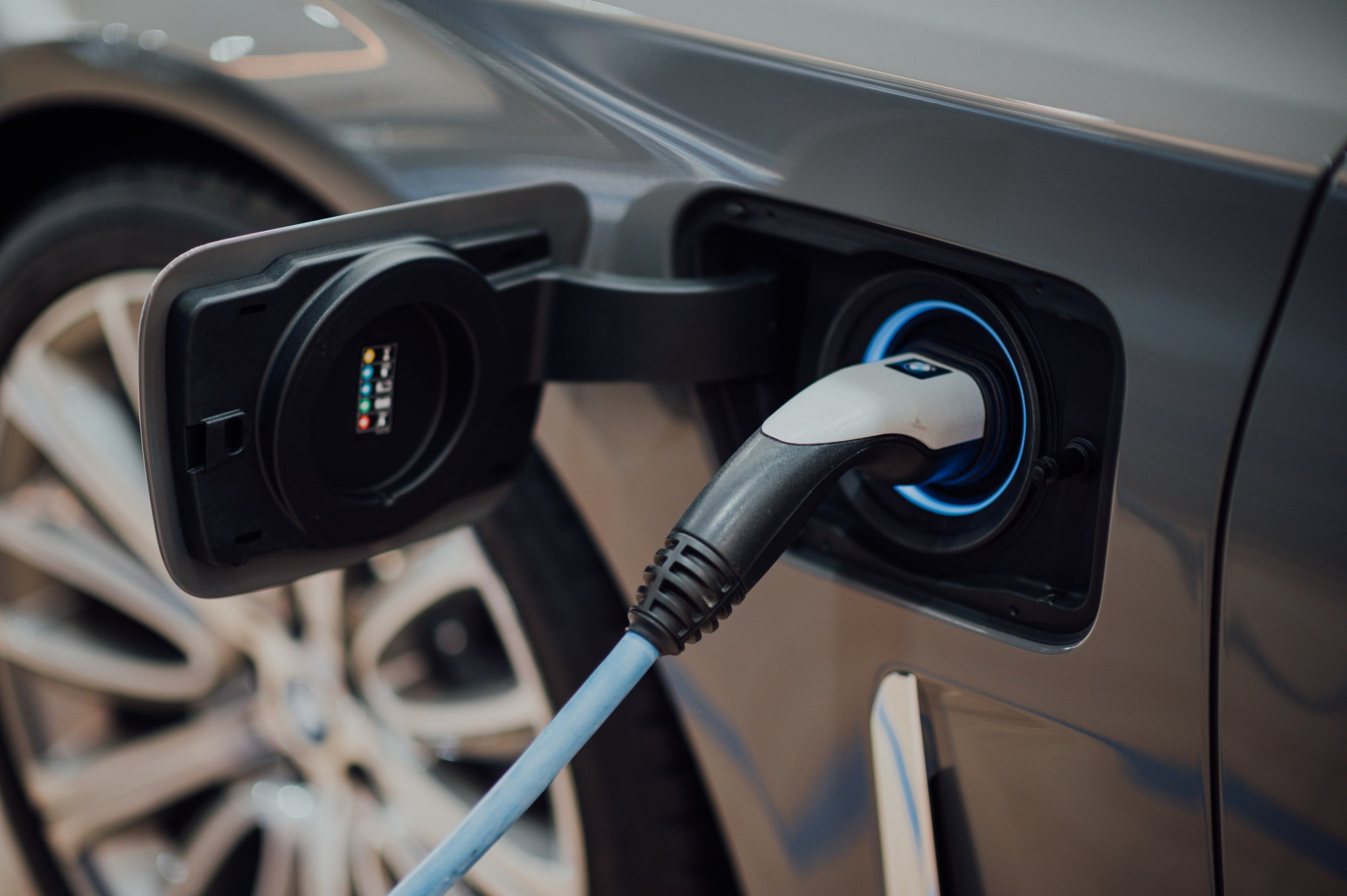A Look at Biden’s First Year on Energy and Climate
Emissions Goals, EV Targets, Executive Orders, and a Floundering BBB
President Biden’s first year in office is in the books. While his tenure was largely dominated by an ongoing global pandemic and an historic vaccination push, priorities such as immigration, the national debt, and climate figured prominently into the President’s freshman agenda.
Before his term even began, Biden called climate change an existential crisis – rightly so, given the past seven years have been the hottest on record – and promised ambitious action. From net-zero 2050 goals to transportation electrification to environmental justice, how has the Administration delivered on these climate commitments so far? Silverline took a deep dive into some of the key energy priorities we’ve been watching.
Emissions Goals
Although Biden rejoined the Paris Agreement and rejected the controversial Keystone XL pipeline on his first day in office, his landmark greenhouse gas legislation has since stalled in Congress. The Build Back Better proposal commits a landmark $550 billion to addressing climate change but remains on life support – forcing the Administration to address regulations largely through federal agencies and executive orders.
If Senate Democrats and Republicans can’t agree on a path forward for the legislation, some support breaking it into smaller packages that may broker bipartisan support. Complicating matters, the judicial branch and the upcoming mid-term elections may make achieving smaller goals even more difficult.
Transportation Electrification
Biden took quick action to address emissions in the transportation sector, signing an executive order in his first week in office that would electrify the entire government vehicle fleet. There’s also $7.5 billion in funding for EV charging infrastructure and electrifying public transit in the bipartisan infrastructure package signed into law in November.
And in August, Biden signed an executive order calling for half of new cars and trucks to be electric by 2030. Automakers have largely made similar pledges already. More recently, the EPA announced the most ambitious fuel efficiency standards for cars and light trucks yet – but fell short of signaling that it will take similar steps for trucks and buses until 2027.
Environmental Justice
Against the backdrop of the COVID-19 pandemic, economic recession, more frequent climate disasters, and a public focus on criminal justice reform, Biden made environmental justice a critical aspect of his presidential campaign and committed to undertake reforms once in office. Capping off his busy first week as President, Biden signed a series of executive orders intended to advance racial equity, support underserved communities, and secure an equitable energy future through regulatory policy.
As part of the commitment to integrate environmental justice “in all government,” the White House’s Justice40 Initiative and environmental justice panel ensure that at least 40% of the benefits of climate investments go to communities disproportionately impacted by pollution.
Congress also passed the American Rescue Plan, which includes $50 million in investments for EPA to address environmental and public health concerns and risks in underserved communities. And EPA Administrator Michael Regan announced policy actions that reflect his agency’s commitment to environmental justice.
Look for the Administration to release its Climate and Economic Justice Screening Tool this year, develop public data to track related projects, and work to implement equity standards in disaster relief.
As the President gets into the full swing of his second year in office, climate groups will increasingly call for renewed action from all branches of government to decrease carbon emissions and course correct for future generations. We can’t afford to wait.

